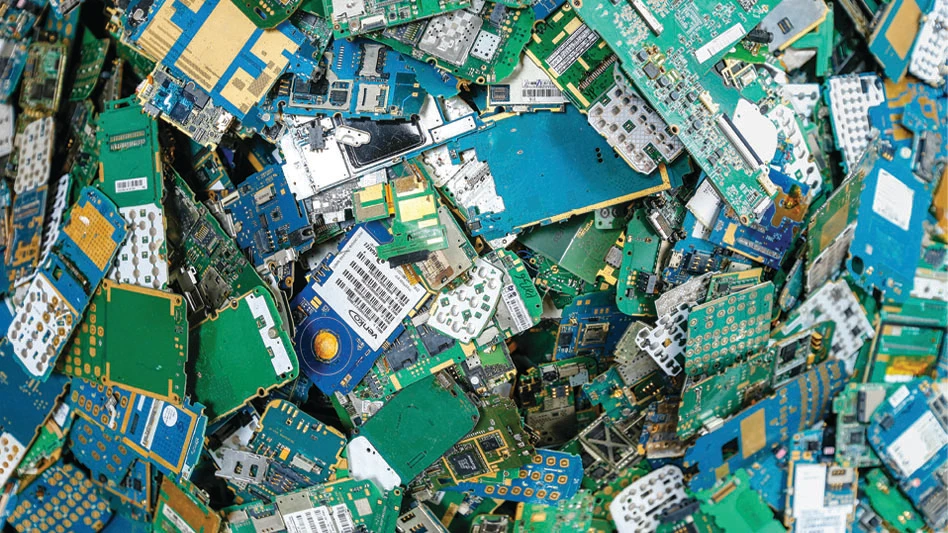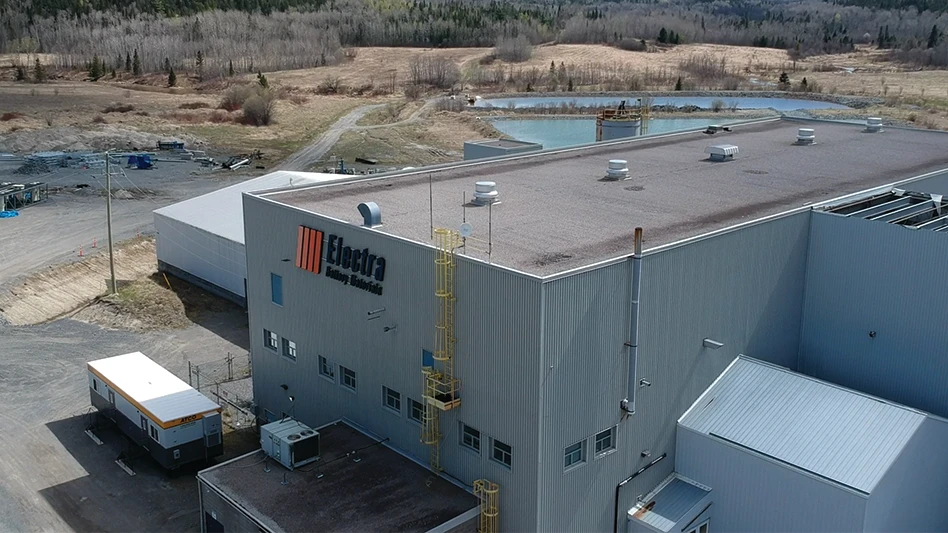Slowly It Turns
An old adage adhered to by scrap veterans—that scrap prices never bounce back up as fast as they fell—is proving why it has become an industry “truism” in the first place.
The middle months of 1999 saw ferrous scrap prices remain flat in many parts of the country after regaining only a fraction of their value following the late 1998 plunge in prices. The summer doldrums helped lend credence to the conventional wisdom that prices just don’t jump back up as quickly as they plummeted. Nonetheless, scrap traders prefer the flatness to the downward conditions that they were faced with at this time last year.
“It’s reached a point where we’ve seen conditions improve slightly month by month,” says one southern scrap buyer. “I think the flow in general has improved,” he says. “People who were trying to hold onto scrap have watched prices improve slightly month by month.”
The buyer notes that his company has been paying premiums for much of the industrial scrap it obtains, since the overall flow of scrap still remains down from a year ago, and productive accounts cannot be relinquished.
A region where ferrous processors are struggling to climb out of the trough is in the Midwestern states, where farm equipment manufacturing makes up a large part of the industrial economy.
One processor in that region is glad that his family made the decision more thana decade ago to also deal in scrap paper. While the ferrous side of the business produced the majority of the black ink on the company’s books throughout most of the decade, 1999 may well prove the exception.
“Unfortunately, the industry in our area is very slow,” notes the processor. “John Deere and Case Corp. foundries have had more downtime than uptime, and their assembly operations and their suppliers are slow, which means our inflow of unprepared scrap is at a snail’s pace,” he adds.
“Fortunately, the paper markets have perked up this year,” he says. “Our paper business could carry the whole company this year, but we’ll need to wait until the end of the year to be sure about that.”
Another concern in the market is inbound shipments of pig iron and DRI, which continue to play a factor in holding prices down, one trader believes.
“I would say it’s been fairly steady on the demand side,” the southern buyer remarks. “The demand is there—we’re selling by truck, rail and barge right now, selling the same quantities to the same consumers fairly regularly.” He says the addition of a foundry in his market can only help on the demand side. “Another consumer coming online next year should help by increasing melt capacity in this area. It will be a little more competitive in this area for the clips and higher grade bushlings.”
For ferrous scrap to hold on to its slowly-made gains, demand will have to at least remain steady so that processors in some regions can begin passing on the cost of premiums they are paying to the mills and foundries.
STEEL RECYCLING RATE DROPS IN ’98
Production cutbacks at U.S. steel mills and the flood of imports that caused them were blamed for a decline in the U.S. steel recycling rate in 1998.
The recycling rate decline may be somewhat deceptive because material that was not recycled in 1998 is being inventoried for recycling by those waiting for a price increase. “These inventoried products aren’t considered ‘recycled’ until they have returned to the steel mill for re-melting,” says Bill Heenan, president of the Steel Recycling Institute, Pittsburgh. “Therefore, they aren’t included in the 1998 rate calculations.”
An improvement in market conditions, Heenan says, will be contingent upon enforceable limits to imported steel entering the North American market. The imports were the cause of a depressed U.S. steel industry within a largely healthy U.S. economy.
“As the U.S. steel industry was forced to scale back production throughout 1998, the demand for steel scrap declined, causing an inventory build-up across the country,” says Heenan.
A breakdown of recycling rates by steel product type shows the biggest decrease was in appliance recycling, which could be indicative of the reduced incentive for peddlers to haul materials to scrap yards for drastically reduced across-the-scale prices.

Explore the September 1999 Issue
Check out more from this issue and find your next story to read.
Latest from Recycling Today
- Reconomy brands receive platinum ratings from EcoVadis
- Sortera Technologies ‘owning and operating’ aluminum sorting solutions
- IDTechEx sees electric-powered construction equipment growth
- Global steel output recedes in November
- Fitch Ratings sees reasons for steel optimism in 2025
- P+PB adds new board members
- BlueScope, BHP & Rio Tinto select site for electric smelting furnace pilot plant
- Magnomer joins Canada Plastics Pact





